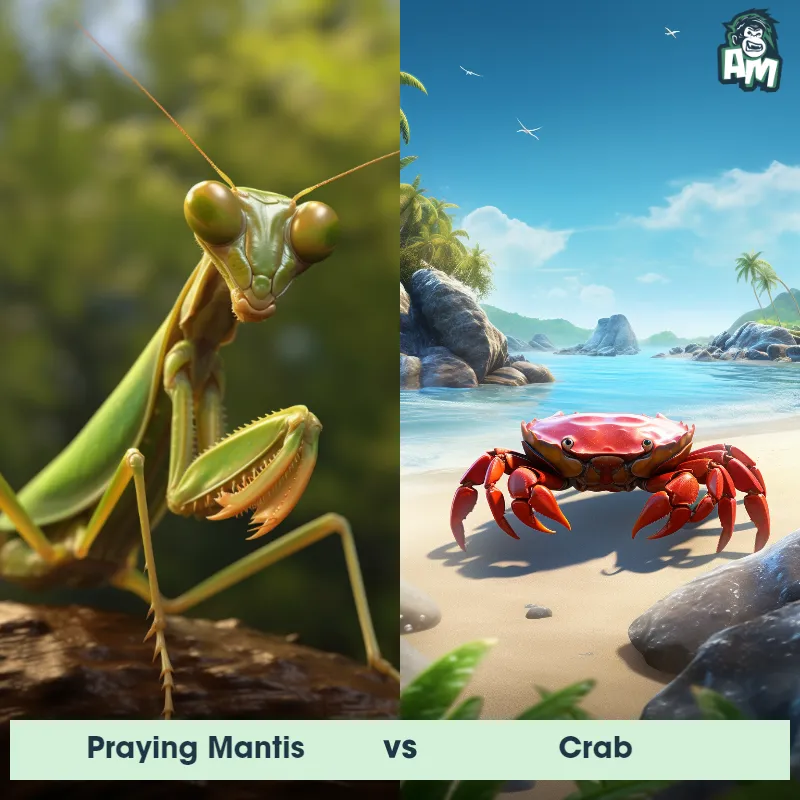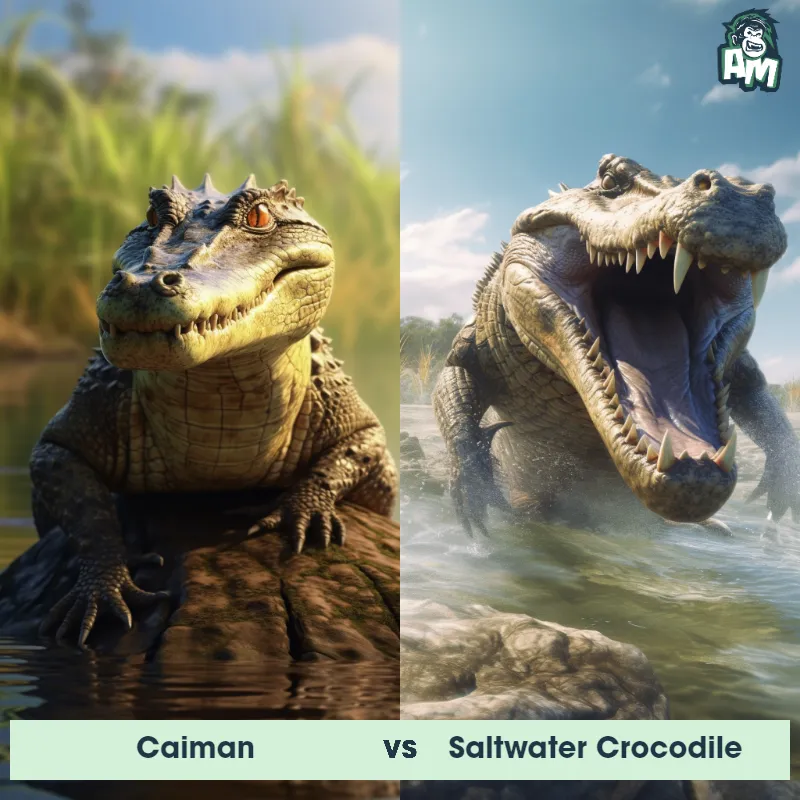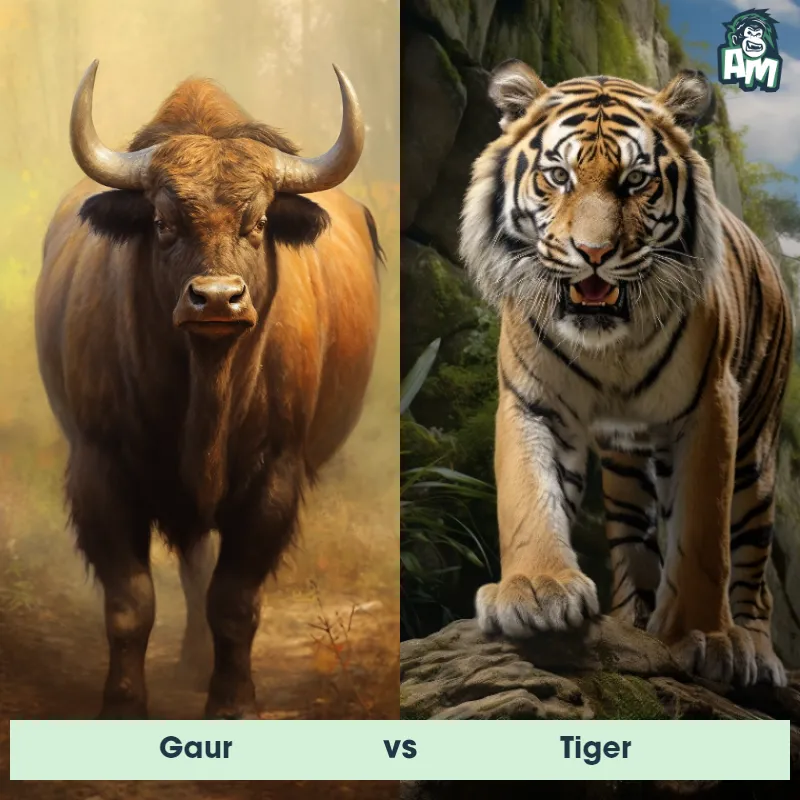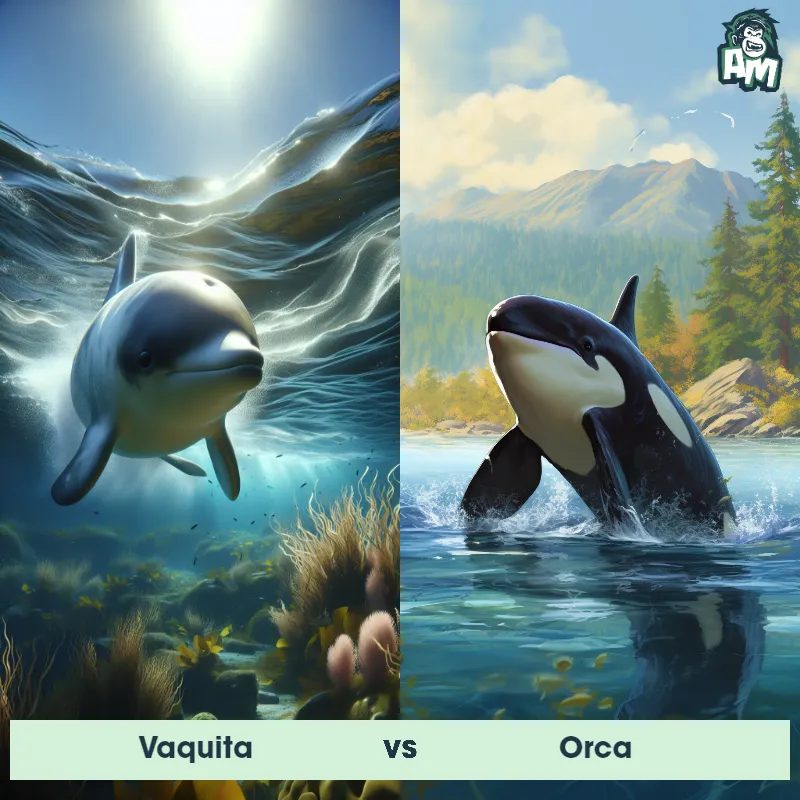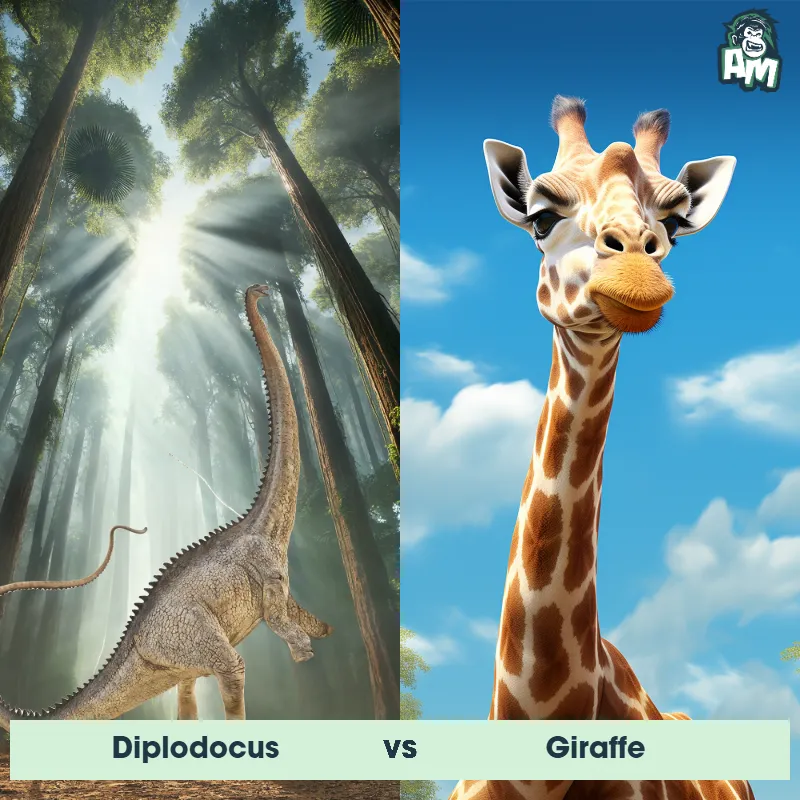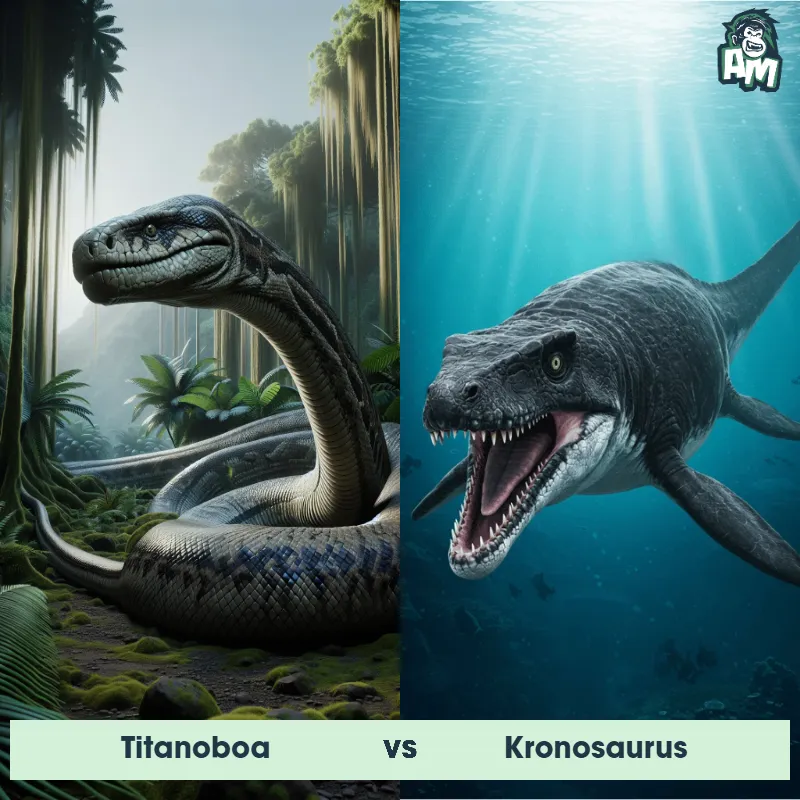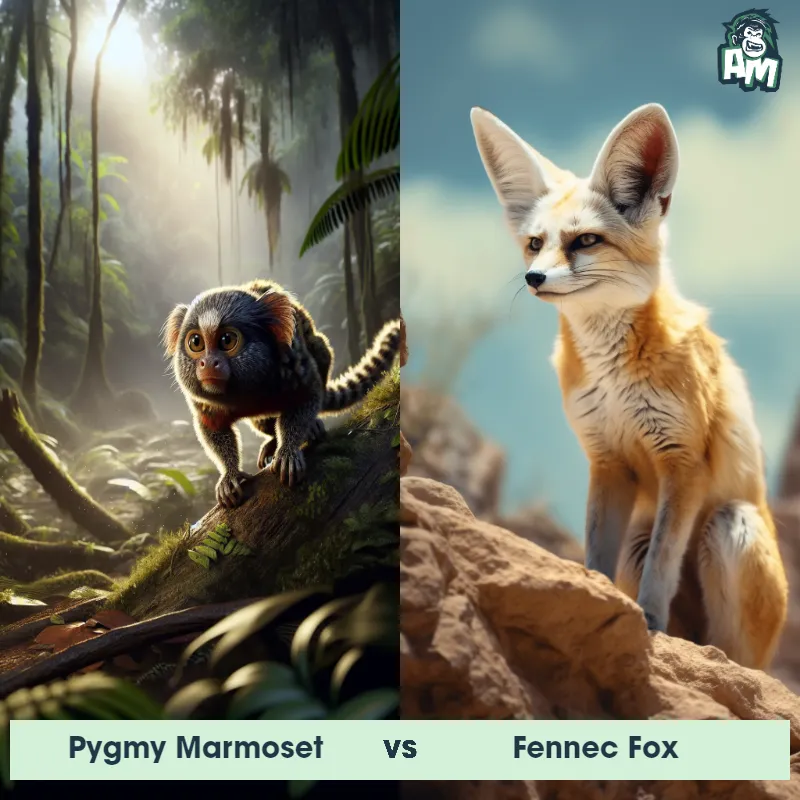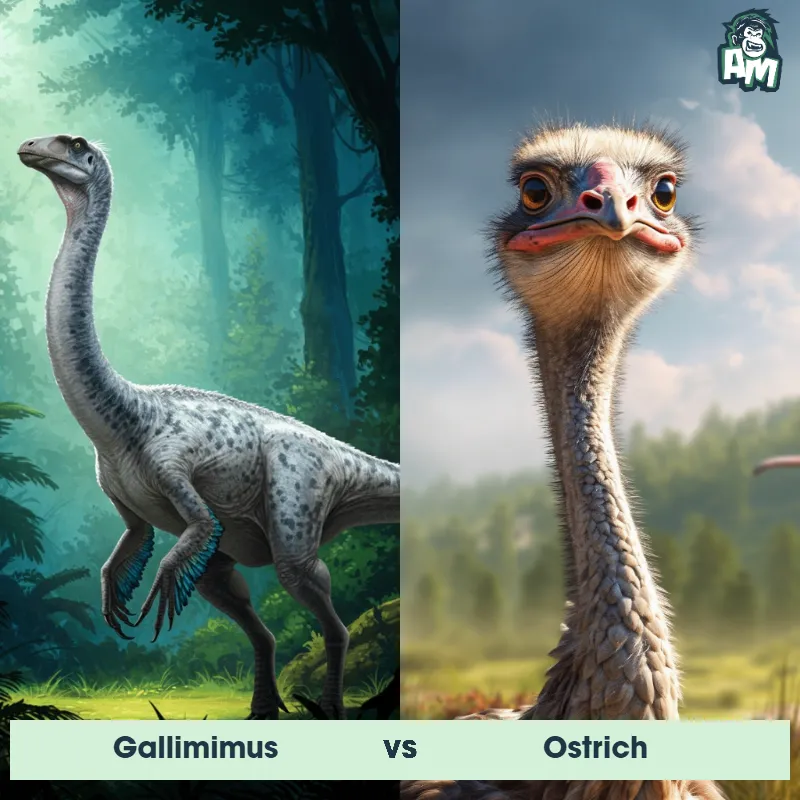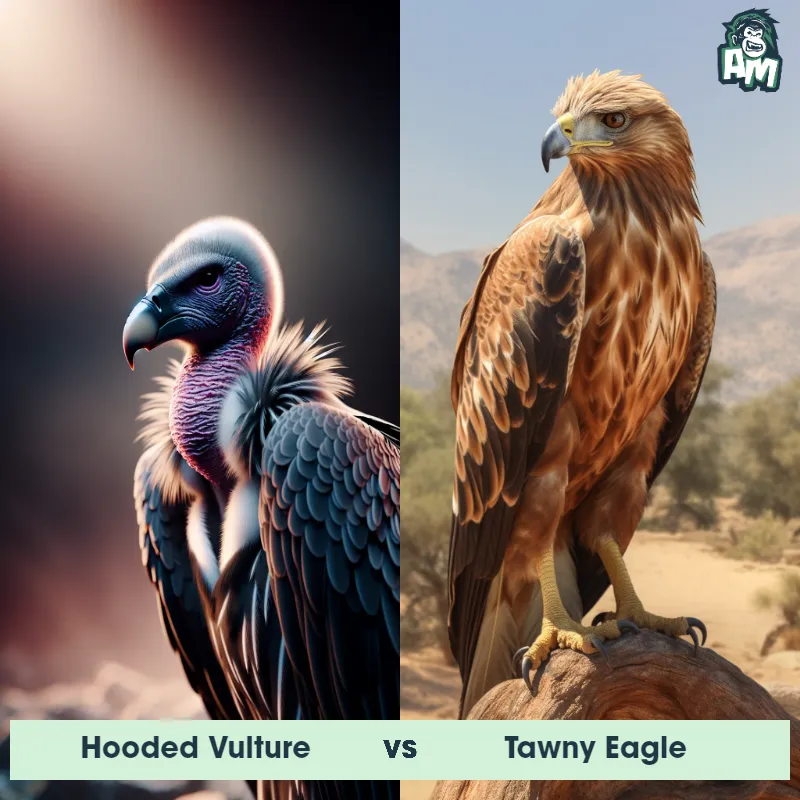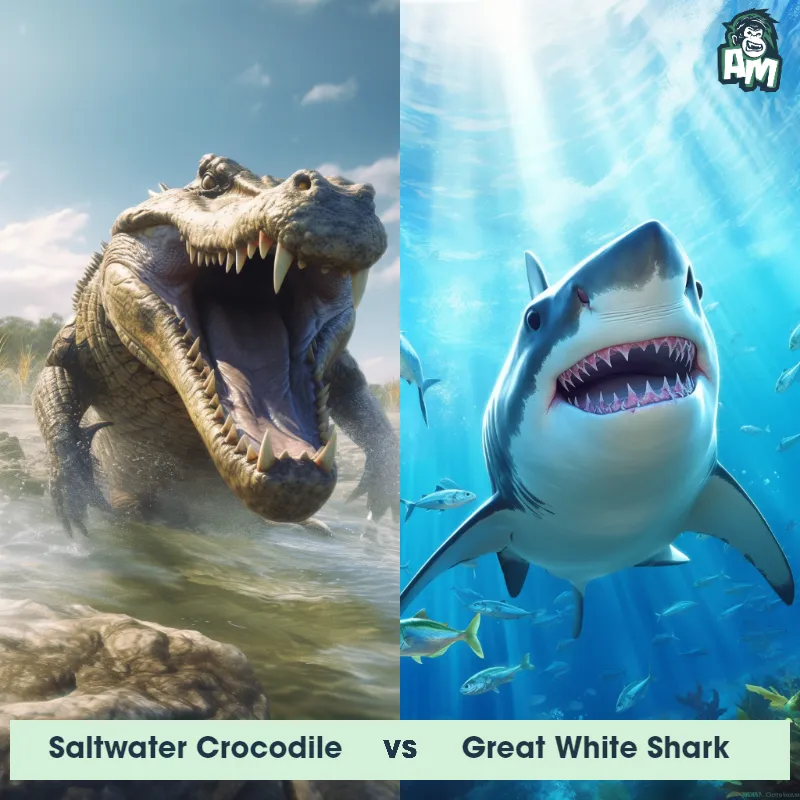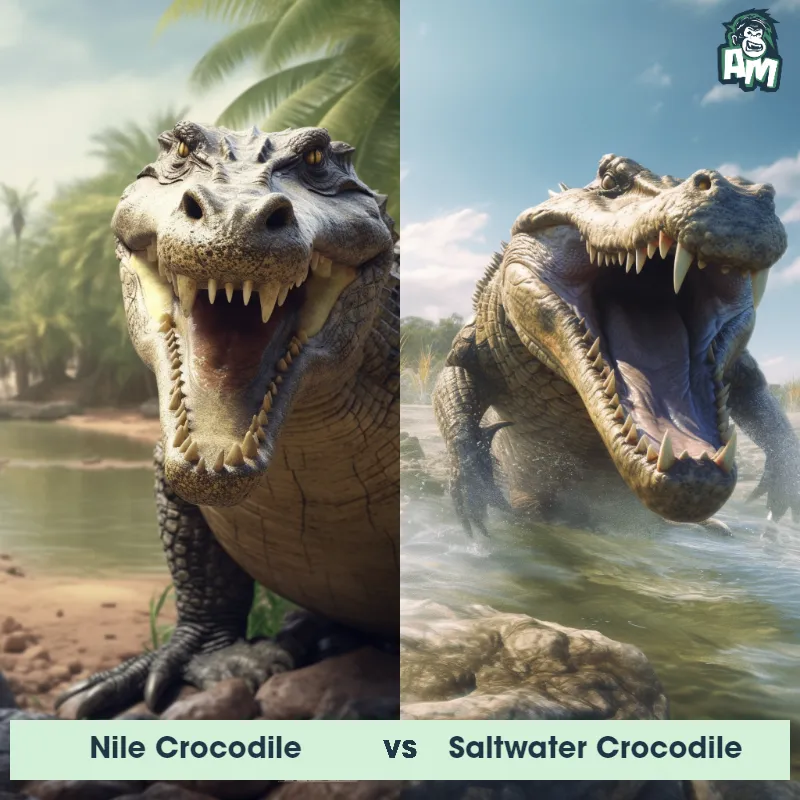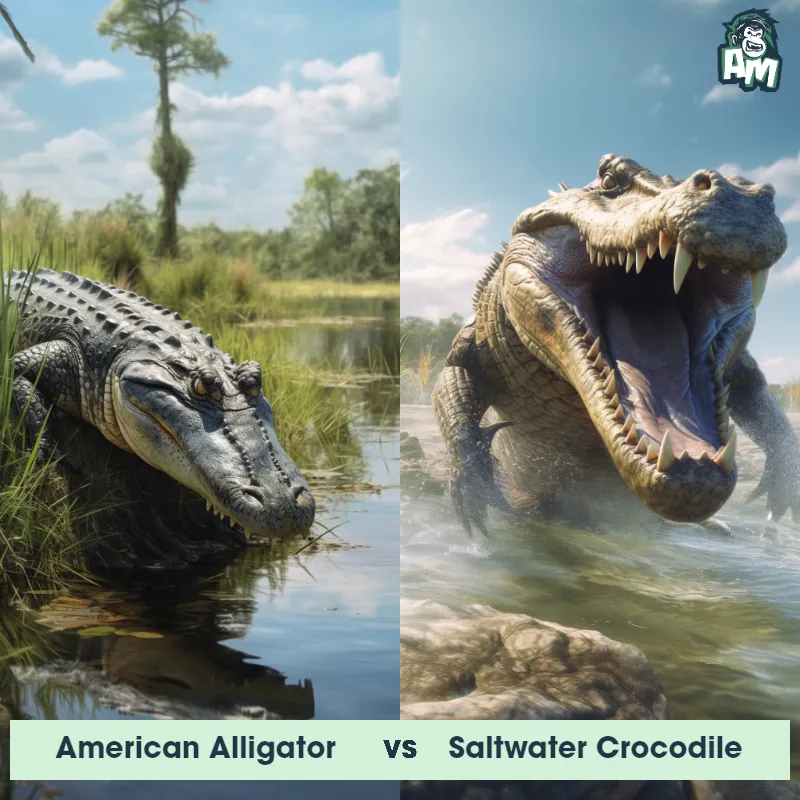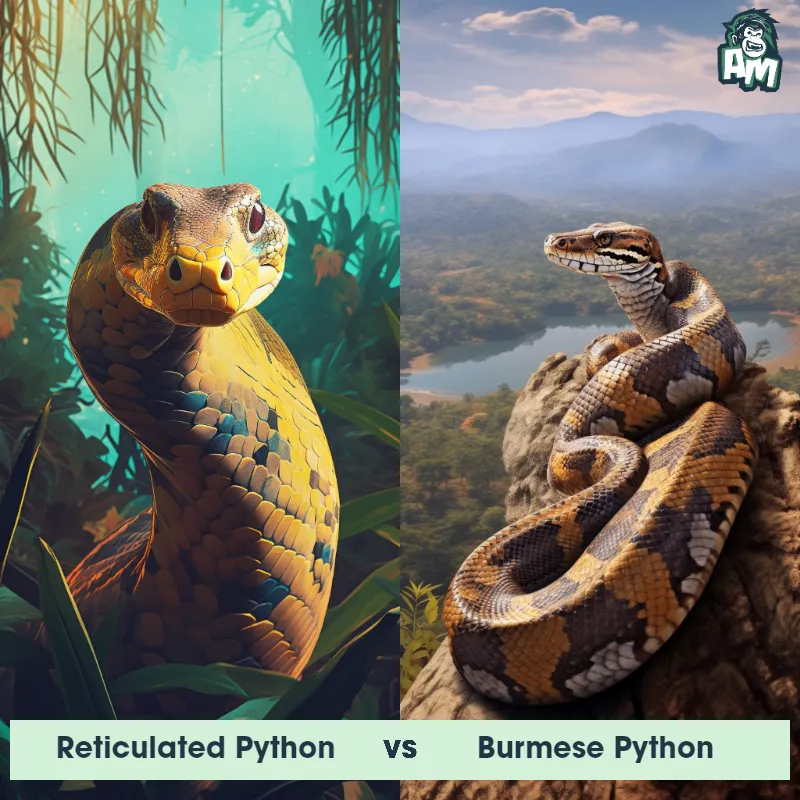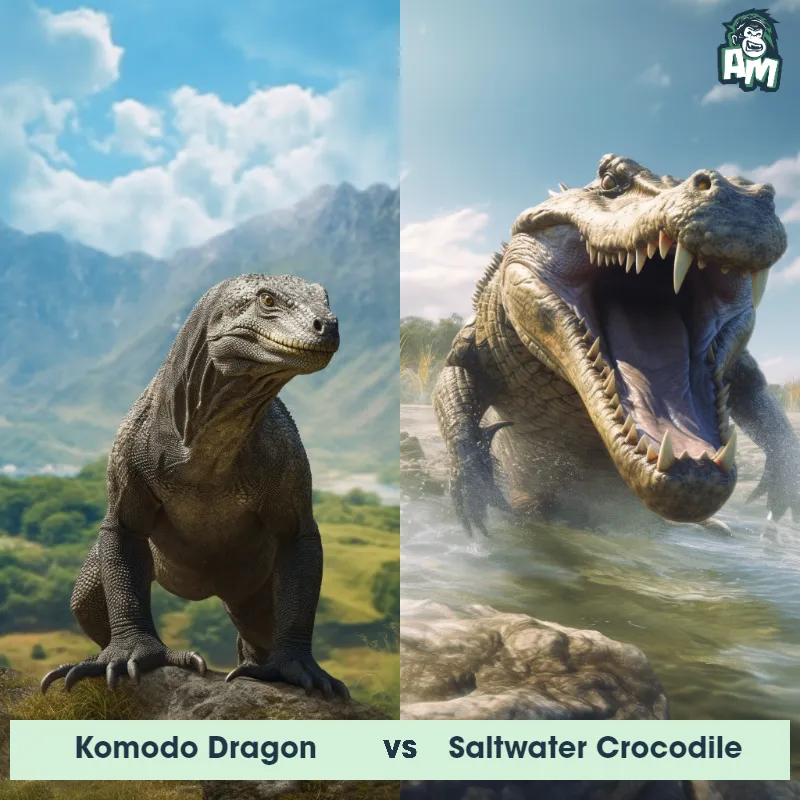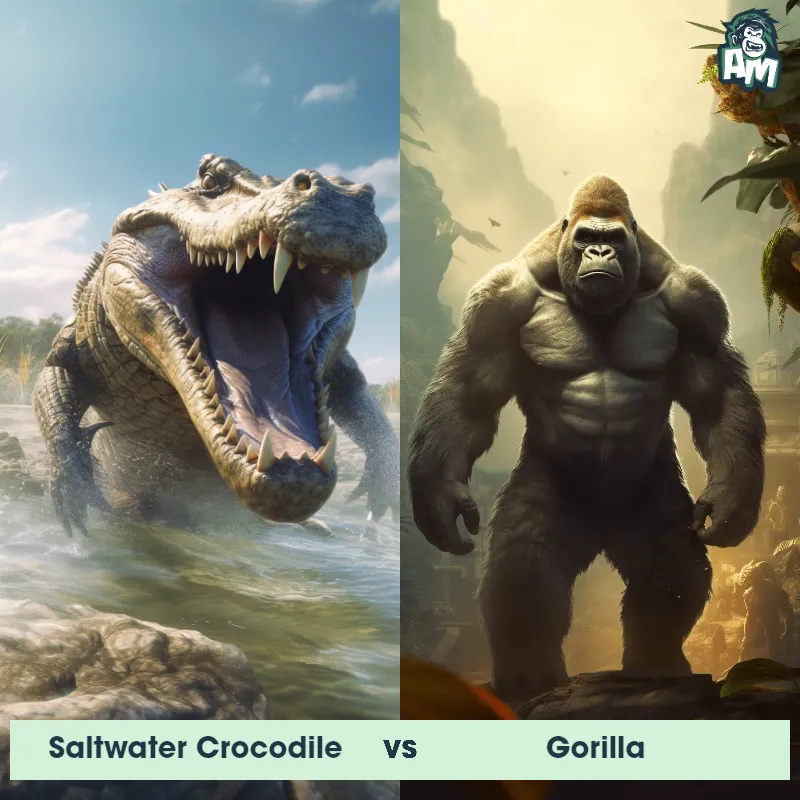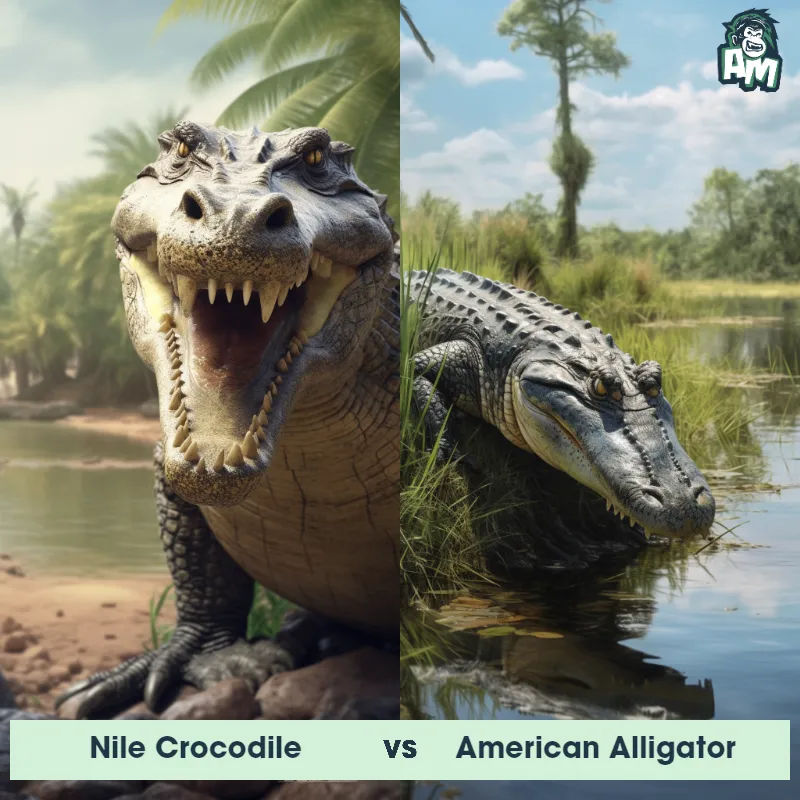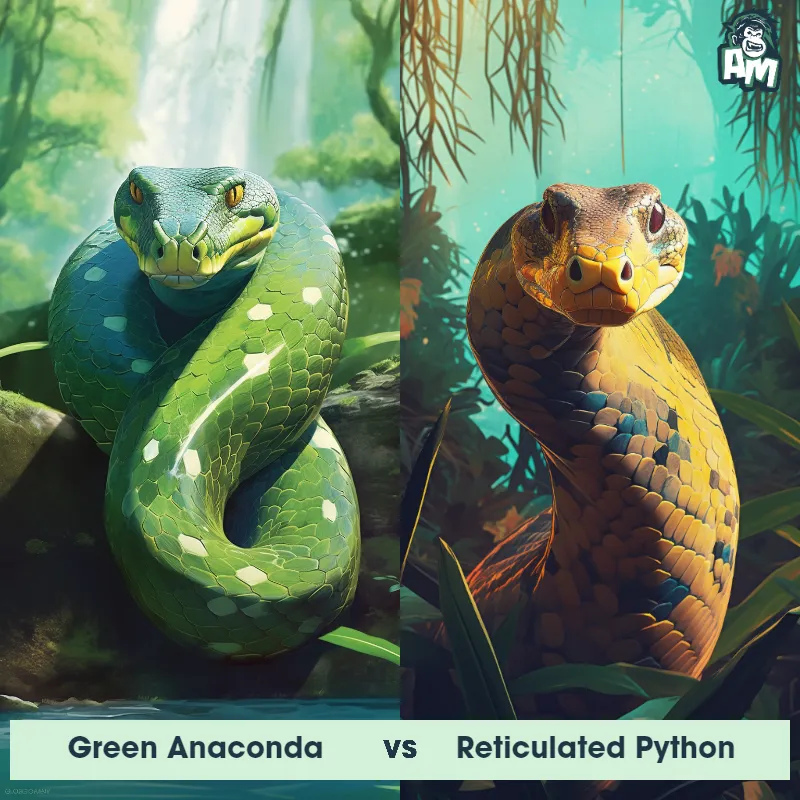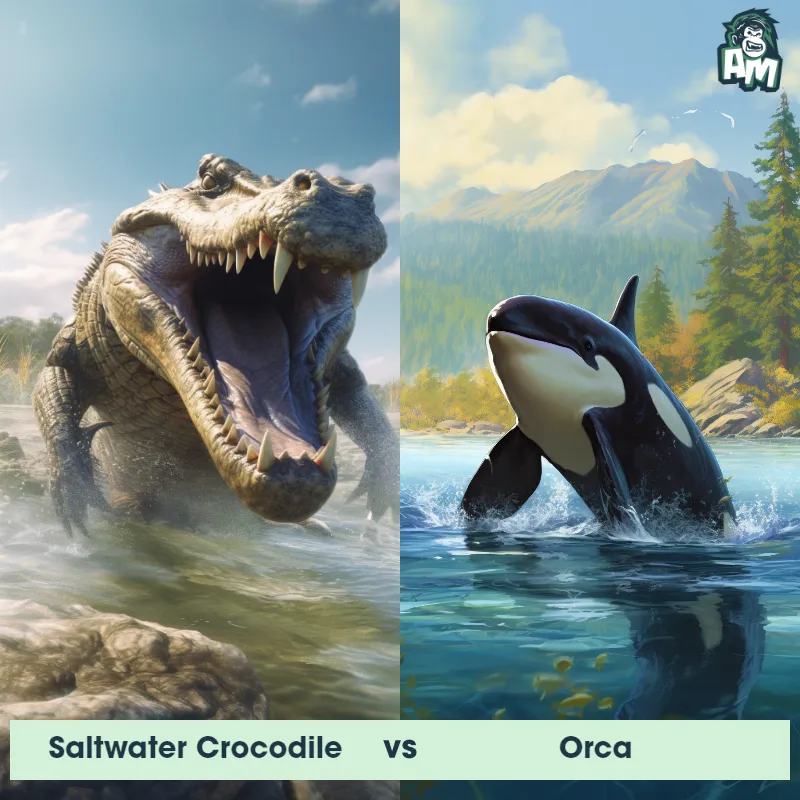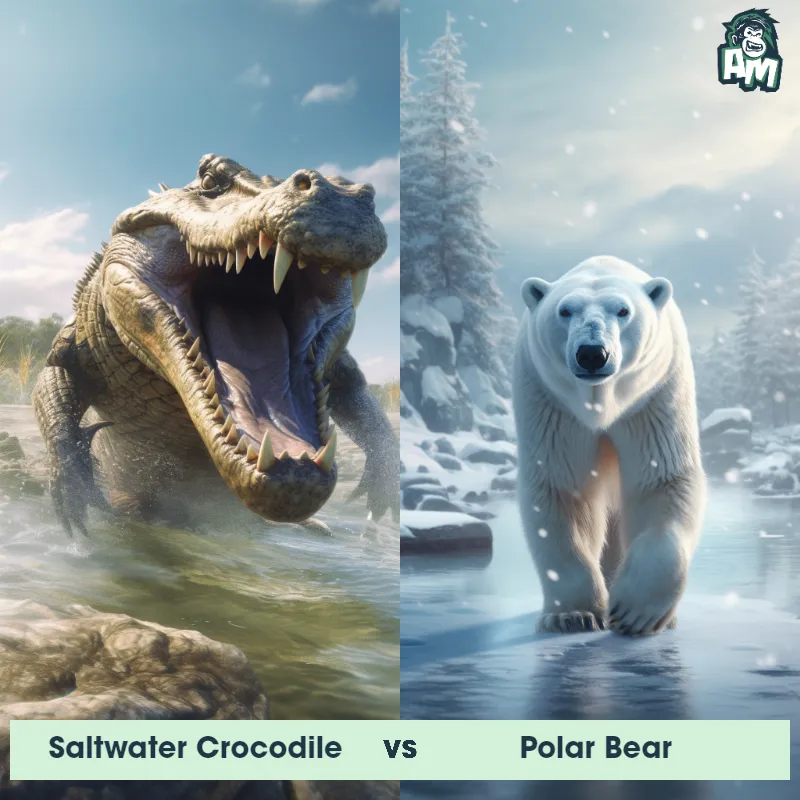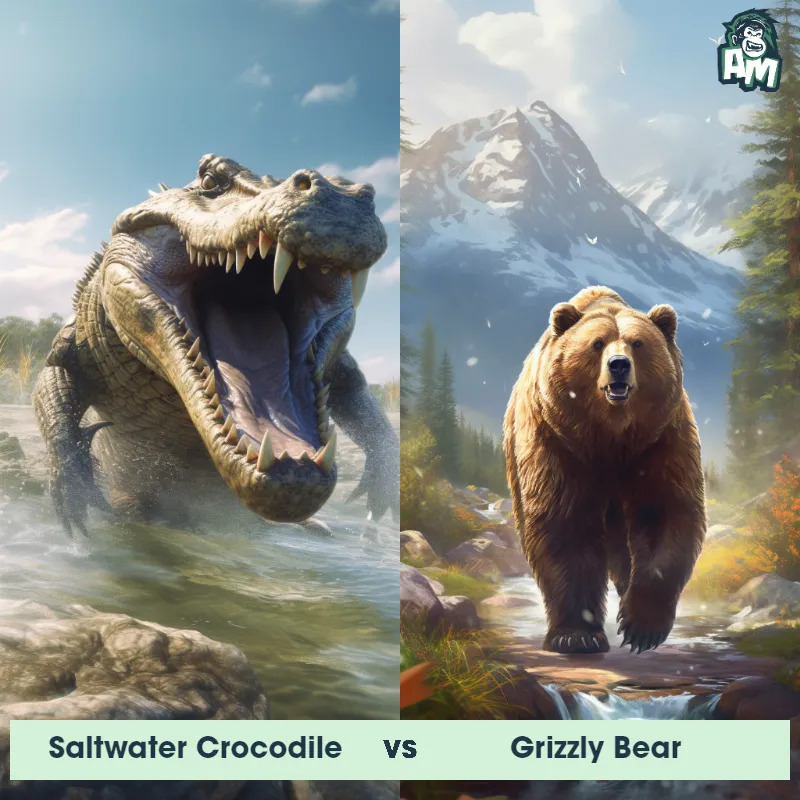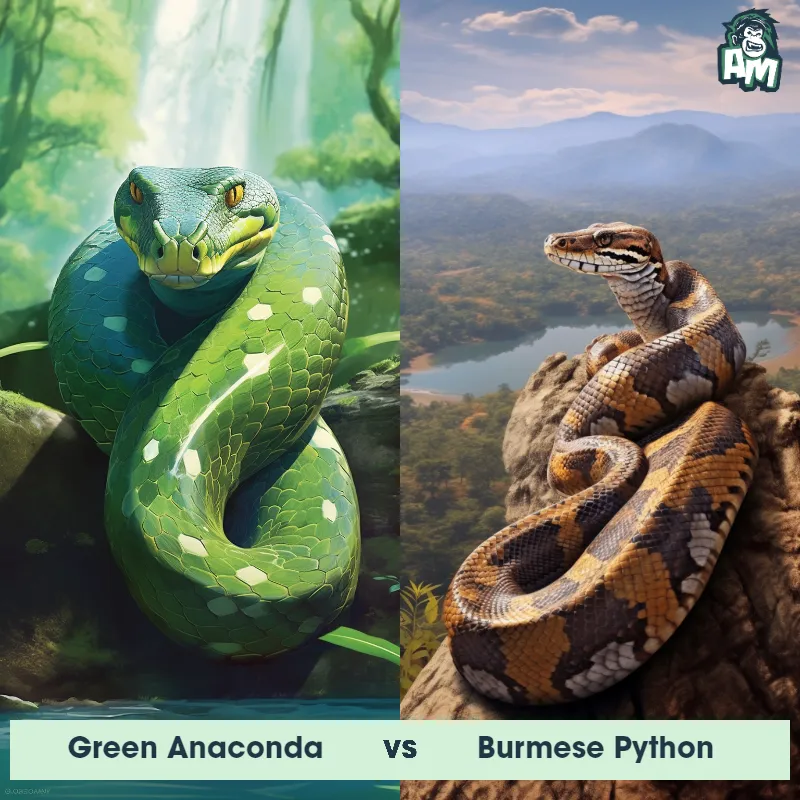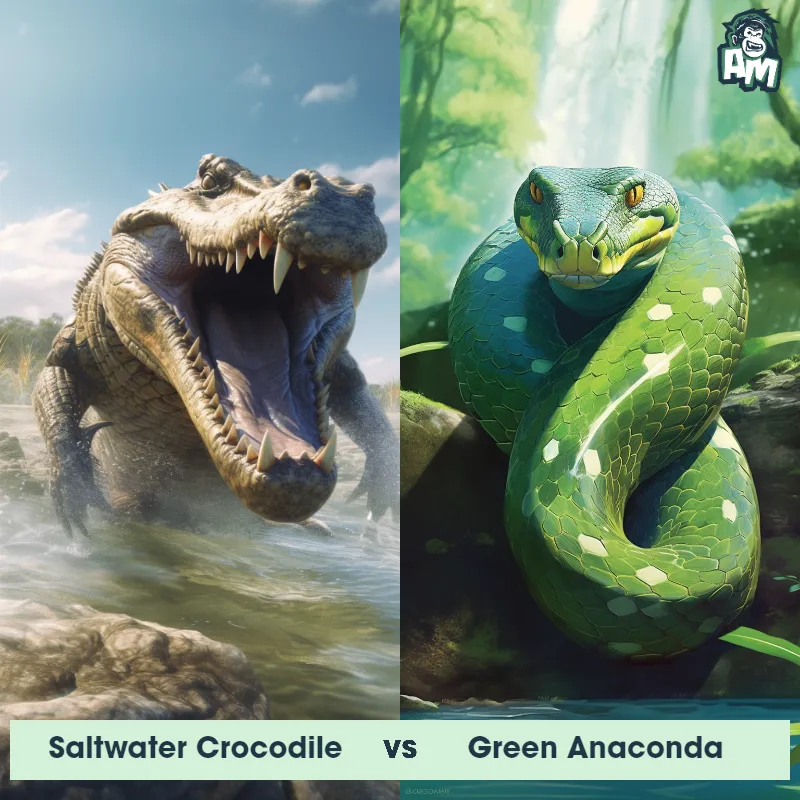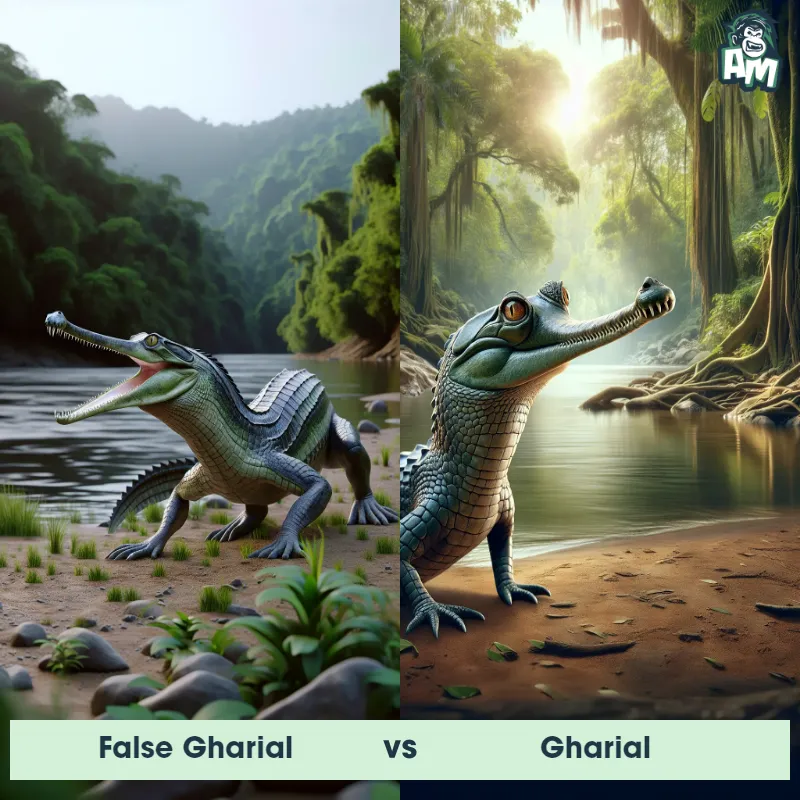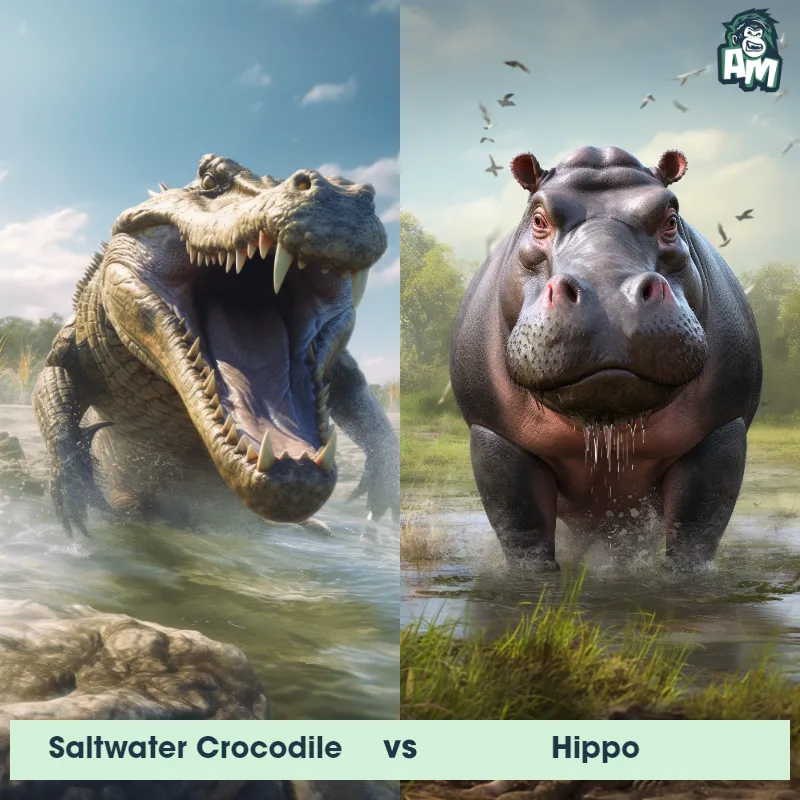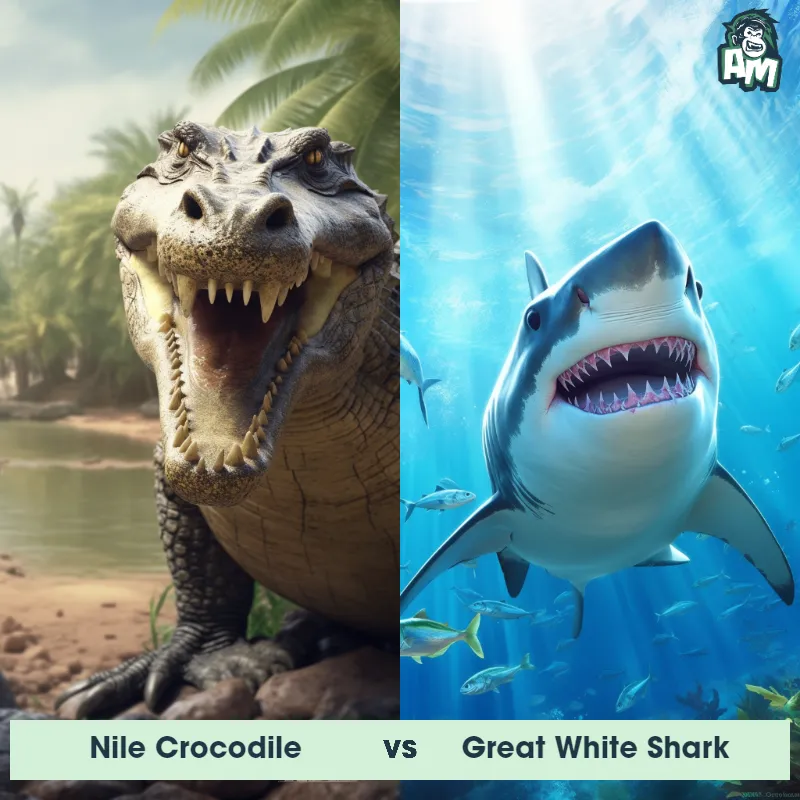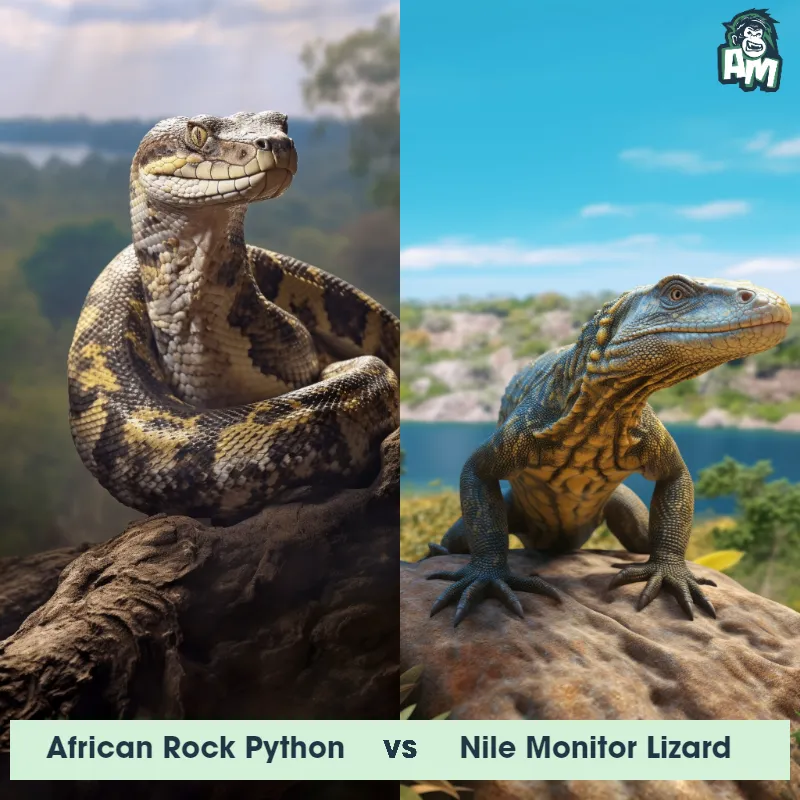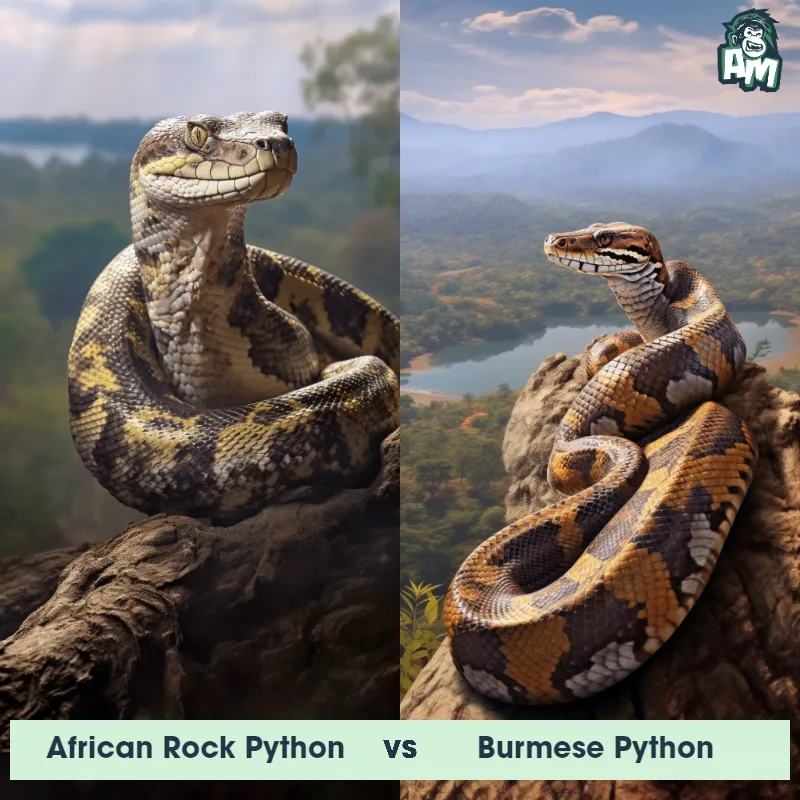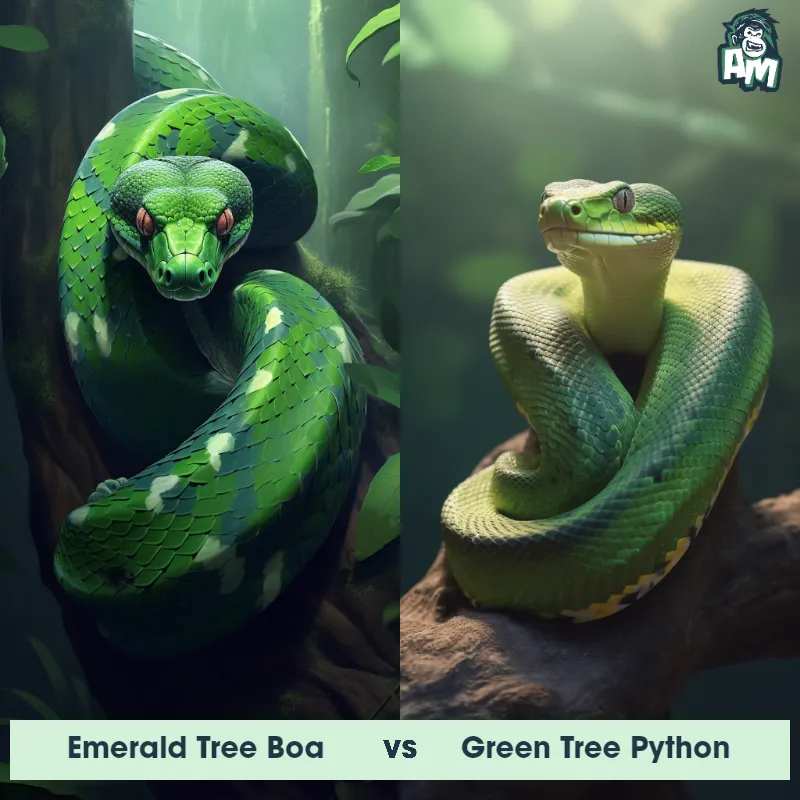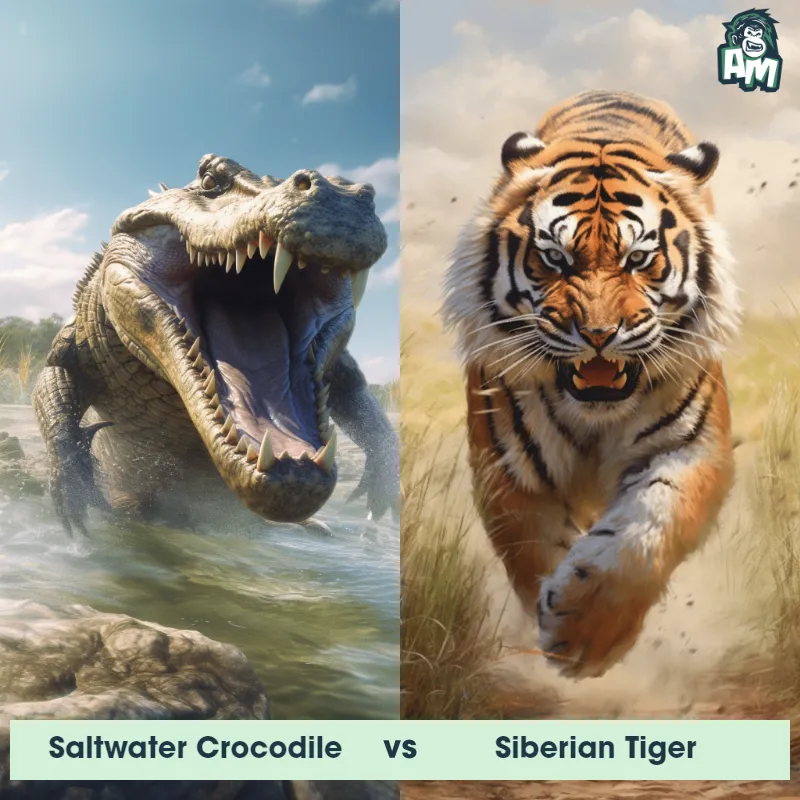Nile Crocodile vs Reticulated PythonSee Who Wins

Ladies and gentlemen, welcome to this thrilling matchup between two formidable creatures! In the blue corner, we have the mighty Nile Crocodile, known for its immense strength and deadly jaws. And in the red corner, we have the agile and cunning Reticulated Python, famous for its constricting capabilities. It's going to be a battle of power versus strategy!
Contender 1: Nile Crocodile
The Nile Crocodile, also known as the common crocodile, is a large reptile that can grow up to 20 feet long and weigh over 1,000 pounds. They have a powerful jaw with sharp teeth and a tough, scaly skin that ranges in color from gray to brown. Nile Crocodiles are found throughout sub-Saharan Africa and are known for their aggressive behavior and ability to take down large prey, including humans.
Fun Fact: Nile Crocodiles are known for their incredible strength and are capable of dragging prey weighing up to 1,000 pounds out of the water and onto land.
Contender 2: Reticulated Python
The Reticulated Python, also known as the Python reticulatus, is a species of snake that is native to Southeast Asia. It is one of the largest snakes in the world, with some individuals reaching lengths of over 30 feet. The snake has a distinctive pattern of diamond-shaped scales that are colored in shades of brown and black. It is a non-venomous constrictor that feeds on a variety of prey, including birds, mammals, and reptiles.
Fun Fact: Reticulated Pythons are excellent swimmers and can stay underwater for up to 30 minutes at a time.
Matchup Stats
| Nile Crocodile | Reticulated Python | |
|---|---|---|
| Size | Up to 20 feet (6.1 meters) | Up to 30 feet (9.1 meters) |
| Weight | Over 1,000 pounds (453.6 kilograms) | Up to 350 pounds (159 kilograms) |
| Speed | Land Speed: 11 mph (18 km/hr) | Speed: 5 mph (8 km/hr) |
| Key Strength | Powerful jaw and strong bite force | Constriction |
| Biggest Weakness | Slow on land and vulnerable to attacks on the underside of its body | Vulnerable to attacks from multiple predators |
Current Votes
Nile Crocodile vs Reticulated Python
See Who Wins
View More Matches
Looking For More?
Similar Matches
Scientific Stats
| Nile Crocodile | Reticulated Python | |
|---|---|---|
| Scientific Name | Crocodylus niloticus | Python reticulatus |
| Family | Crocodylidae | Pythonidae |
| Habitat | Freshwater rivers, lakes, and marshes | Forests, grasslands, and swamps |
| Geography | Sub-Saharan Africa | Southeast Asia |
| Diet | Carnivorous, eats fish, birds, mammals, and occasionally humans | Birds, mammals, and reptiles |
| Lifespan | 70 years - 100 years | 20 years - 30 years |
Key Differences between Nile Crocodile and Reticulated Python
- Skin Texture: The Nile Crocodile has scaly skin with large, bony plates called scutes that provide protection. On the other hand, the Reticulated Python has smooth, shiny skin with smaller scales.
- Habitat: While both species are adapted to aquatic environments, the Nile Crocodile is primarily found in freshwater habitats such as rivers, lakes, and swamps, whereas the Reticulated Python inhabits a range of terrestrial habitats including rainforests, grasslands, and savannas.
- Diet: The Nile Crocodile is a carnivorous reptile, preying on a variety of animals such as fish, mammals, and birds, while the Reticulated Python is a constrictor that feeds mainly on mammals, including rodents, monkeys, and even deer.
- Size: The Nile Crocodile is significantly larger than the Reticulated Python, with an average length of 12-16 feet compared to the python's average length of 16-23 feet.
- Shape: The Nile Crocodile has a robust, elongated body with a broad snout, while the Reticulated Python has a more slender and streamlined body with a narrow head.
- Coloration: The Nile Crocodile has a dark olive-brown or gray-brown skin with dark bands or spots, providing excellent camouflage in their aquatic habitat. In contrast, the Reticulated Python has a distinctive pattern of light and dark brown mosaic-like patches, forming a beautiful reticulated or net-like appearance.




